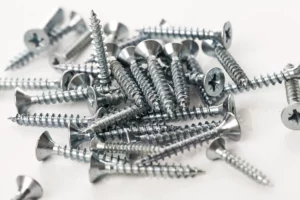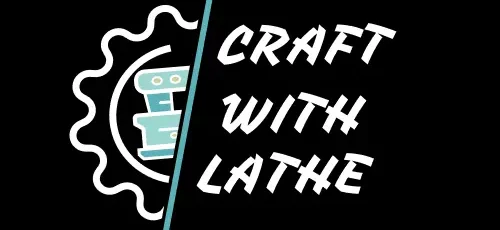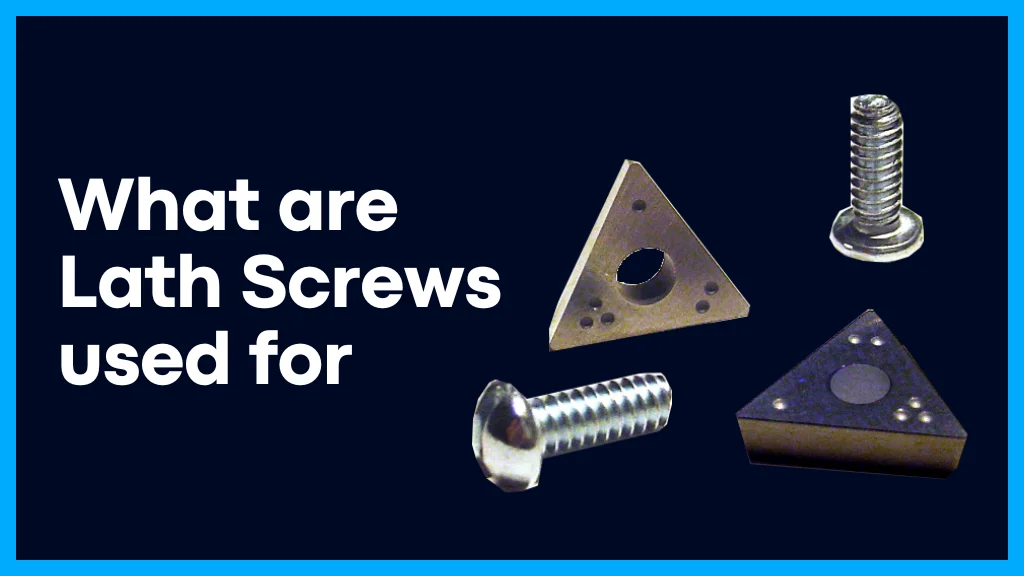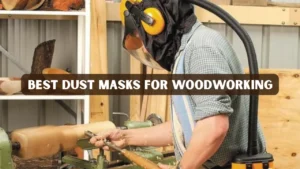So in this article, we will discuss all of What are Lath Screws used for, different types of lath screws, and the primary uses of lath screws in the world of woodworking, construction, and metalworking.
What are Lath Screws used for?

In the world of do-it-yourself projects and building, screws played a vital role in holding things tightly and together securely. One such type of bolt that gained more popularity in the world of construction is a lath. Lathe is a very strong, versatile, and robust tool that is a more essential component in a variety of applications.
Understanding the Lath Screws
These are the type of screws which are mostly designed for fastening materials to metal or wooden laths. These are self-tapping screws. These screws are renowned for the best adaptability, ease of installation, and strong gripping power on the object.
They typically have a special sharp point feature and a fine surface thread which enable the lath to hold the object strongly onto the lath boards effectively.
Types of Lath Screws
Screws come in multiple types each type designed for a specific purpose and application. These are the most common types.
- Wood to Wood: Manufacturers specifically design lath screws to fasten materials like sheetrock or drywall to wooden laths. These screws offer long-term stability and resist corrosion effectively. Builders rely on them for projects that require strong, lasting wood-to-wood connections. Their fine threading ensures a tight grip, reducing the chances of loosening over time.
- Metal to wood Lath screws: Metal-to-wood lath screws are specifically designed to fasten metal materials, such as attaching wooden laths to steel studs. These screws provide excellent strength and a durable thread pattern that ensures a secure, safe connection. Installers prefer them for their ability to maintain structural integrity under pressure. Their self-tapping tips eliminate the need for pilot holes, speeding up the installation process. These screws are ideal for framing, sheathing, and mixed-material construction tasks.
- Drywalls: Drywall screws feature a specific thread design that prevents damage to drywall surfaces during installation. Installers use them to mount mirrors, hang pictures, and secure other lightweight fixtures to walls. These screws are specially engineered for drywall applications, ensuring a clean and firm hold. Their sharp points and fine threads allow for smooth penetration without cracking the material. Homeowners and professionals alike rely on drywall screws for both functionality and finish quality.
Primary uses of Screws
- Drywall Installation: Lath screws play a crucial role in drywall installation. Builders commonly use them to fasten drywall sheets securely to wooden or metal studs. This creates a smooth, stable, and finished wall surface. Their sharp, self-tapping points make installation quick and efficient without the need for pre-drilling. Thanks to their strong grip and durability, they help maintain the structural integrity of the wall over time.
- Ceiling Installation: Professionals often use lath screws for ceiling installation, including suspended ceilings. These screws help attach ceiling materials securely to wooden joists or metal framing. Their strong grip ensures that the ceiling panels remain in place over time. Installers prefer them for their ease of use and reliable performance. In both residential and commercial settings, lath screws contribute to a safe and stable ceiling structure.
- Flooring Projects: Contractors frequently use lath screws in flooring projects to secure subflooring materials like oriented strand board (OSB) or plywood to underlying joists. These screws create a stable base and a solid finished surface. Their sharp points and strong threads allow for quick and reliable fastening without pre-drilling. This helps prevent floor movement and squeaking over time.
- Sheetrock: So Screws are very important pillars when you need to join or fix sheetrock, plywood, or any other paneling materials to metal studs frames, or wooden studs. They provide a long-lasting and strong connection.
- Hanging Lightweight Fixtures: So We can use screws for lightweight fixtures like shelves sheets, mirrors, or artwork sometimes we use these screws to securely attach these items to the walls. Because of Their specific features sharp points and ease of installation use these screws.
- Metal Framing Studs: So These are mostly used in metal stud framing projects. Whereas they secure the joint of metal frames.
Benefits Of Screws
So we discuss some key benefits of screws.
- Easy Installation: These have a sharp point and a self-tapping feature that eliminates the pre-drilling holes. These features increase the speed of installation and reduce the labor and time.
- Strong Grip: Screws have a fine thread that has a strong grip hold on material like wood, drywall, or metal. This shows that the fastened items remain firmly in the project.
- Versatility: Different types of laths make them the best option for the customers and also a wide range of applications. So They can be used in wood-to-wood, metal-to-wood, drywalls, and other materials.
- Stability: When we use screws in construction work laths involve the stability and strength of the structure. They also save materials and loosen over time.
Conclusion
So It does not matter whether you working with wood to wood, metal to wood, or drywall. What are lath screws used for? These screws used required for the long-term projects and ease of strength. Understanding the different types of screws and working.
Frequently Asked Questions (FAQs)
Q1: Can lath screws be used in drywall installation?
A: Yes, lath screws are commonly used in drywall installation. They help secure drywall sheets to wooden or metal studs, providing a firm hold and preventing damage to the drywall surface.
Q2: Are lath screws suitable for outdoor use?
A: Manufacturers coat some lath screws to resist corrosion, which makes them suitable for outdoor use. Always check the material and coating of the screw before using it in an exterior environment.
Q3: Do I need to pre-drill holes for lath screws?
A: In most cases, no. Lath screws are self-tapping, meaning they can drill their own holes into wood or metal, which saves time and effort during installation.
Q5: Can lath screws be reused?
A: You can sometimes remove and reuse lath screws, but experts generally don’t recommend it especially if the original hole has worn out. For structural integrity, using a new screw is often the better choice.




